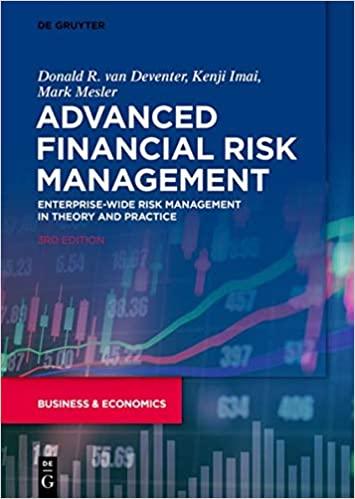

A U.S. firm, Whitman Inc., is considering expansion of its British subsidiary Wordsworth plc The cost of the expansion is 50 million British pounds, which must be expended in the very near future (we will assume at t 0). Depreciation: This capital expenditure will be depreciated straight line for five years (Assume no half year convention; this means you will have exactly five years of equal depreciation.) Revenue and expenses: Revenue in the first year (aggregated at t 1) is 80 million pounds; revenue after that is assumed to grow at 9% per year for the next 5 years (thus revenues at t 2, 3, 4, 5, and 6 will grow at 9% from the previous year). After that the assumption is revenues will be constant. Expenses are assumed to be 80% of revenues each year for 6 years, and constant after that. Net working capital: Net working capital is assumed to change with revenue. the change in net working capital is assumed to be 7.5% of the change in forecasted revenue. Thus the change at t 0 NWC is equal to 0.075 times the difference in revenue at t 1 minus the revenue at t 0. And each year following works like that. (See note at end. Terminal value: While the firm uses six years of forecasted revenues and cash flows (tal to 6 plus t 0), the subsidiary project is assumed to continue on indefinitely. Whitman calculates terminal value by assuming cash flows beyond t 6 will equal t 6 earnings after taxes (EBIAT or NOPAT) forever. (Note NOPAT EBIT The no growth assumption implies that there will be no future changes in NWC (after t 5) taxes Thus terminal value of this project is estimated by applying the no-growth perpetuity formula to ta 6 EBIAT (This is the same as the formula that we reviewed in Disney, except g 0.) Other information: The attached Exhibit presents other economic and project specific data. Note that Whitman uses the government bond yield as its estimate of the risk-free rate. It uses its nominal long-term annualized bond yield as its costs of debt (k). Currently, it has a S1000 par, 20 year, semiannual bond outstanding with a 7.5% annual coupon and S1000 par It sells for S910 When analyzing a subsidiary project, Whitman uses earned cash flows in its analysis (whether or not remitted). This means you can assume 100% repatriation of cash flows (simply means that all British cash flows can be turned into dollars) The firm assumes its corporate capital providers are home country investors, and thus Whitman calculates a home currency WACC and then converts into a foreign WACC. It uses the higher of the two tax rates in its WACC calculations and in its cash flow c alculations It is assumed that the country risks of investing in the UK (versus the US) are low and therefore no other adjustments are made to the WACC. (That is, sometimes if the project is in a risky country, the firm will add a risk premium to the discount rate it uses That is not the case here. There is no risk premium added to the discount rate for the foreign investment.) Please calculate the home currency WACC and the foreign currency WACC And calculate the project NPV using the home currency approach (in dollars) and the foreign currency approach (in pounds Please provide your cash flow table (a print-out is fine), your WACC calculation details, and details of any other calcu ations








